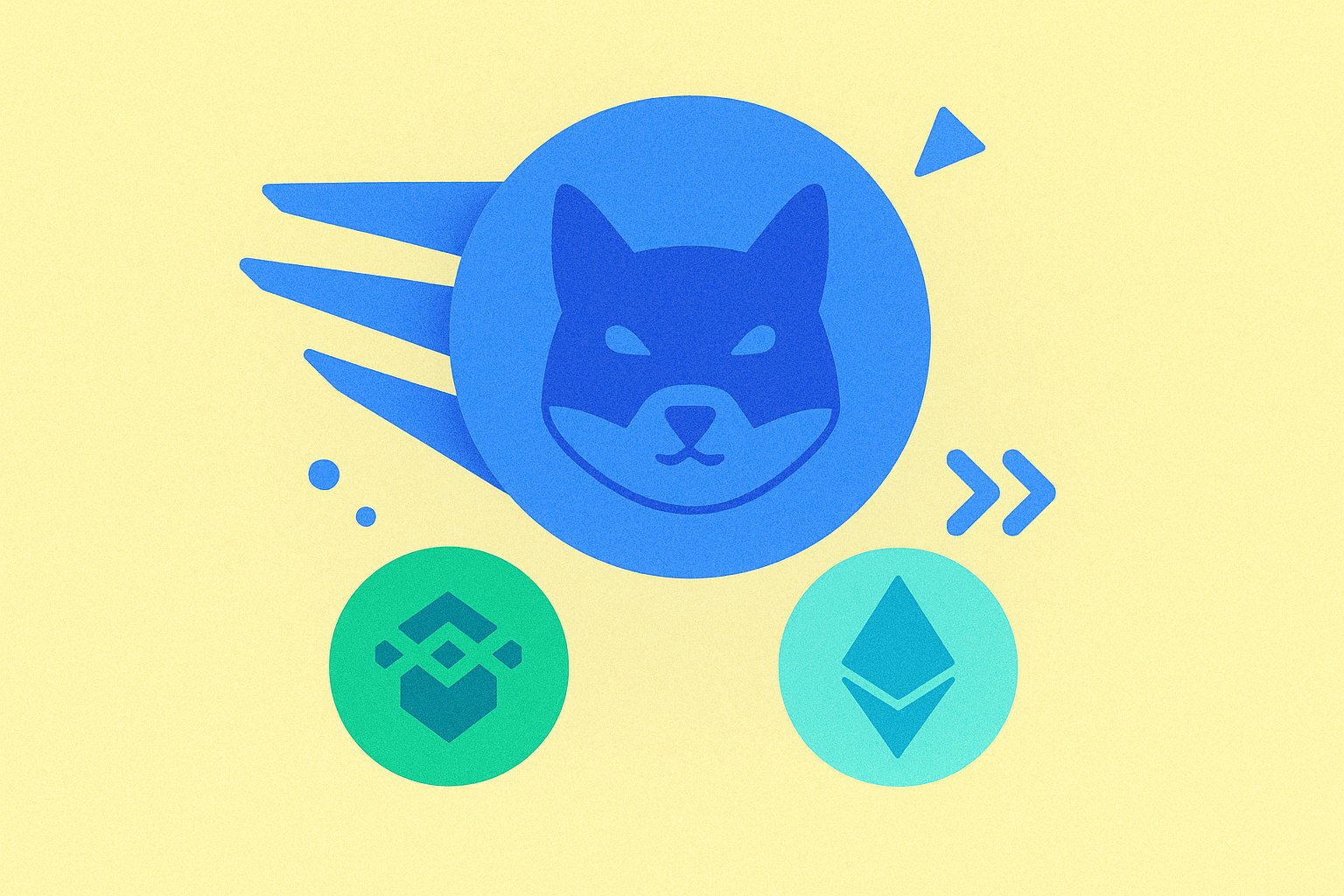Gate’de ETH Stake Etme: 2025 Yılında Kolay Rehber

Pasif Gelir Fırsatı: 2025’te Gate.com’da ETH Stake Edin
Ethereum, 2025 yılı sonunda kripto para sektöründe üstünlüğünü sürdürürken, staking, ETH varlıklarınızdan pasif gelir elde etmenin en güvenilir yollarından biri olarak öne çıkıyor. Gate, Ethereum staking alanında lider bir platform olarak konumlanmış ve zincir üzeri staking ile ilgili geleneksel teknik engelleri ortadan kaldıran sade bir süreç sunuyor. Gate’in ethereum staking rehberi, yatırımcılara teknik bilgi ya da bağımsız doğrulayıcı çalıştırmak için gereken 32 ETH olmaksızın düzenli ödüller kazanmak için kolay bir yol sunuyor.
Gate’in ETH staking servisi, erişilebilirliği ve rekabetçi ödül yapısı sayesinde yeni başlayanlardan tecrübeli yatırımcılara kadar geniş bir kullanıcı kitlesine hitap ediyor. Platformun gelişmiş güvenlik protokolleri ve şeffaf staking mekanizması sayesinde kullanıcılar, Ethereum’larını gönül rahatlığıyla ağa emanet edebiliyor. Yıllar içinde gelişen staking modeli, yatırımcıların ETH yatırımlarının ardından dakikalar içinde ödül elde etmeye başlamasını sağlayan kolay bir sistem sunuyor. Güncel platform verilerine göre Gate kullanıcıları toplamda 2.500.000’den fazla ETH stake etmiş durumda; bu da platforma olan güvenin ve volatil kripto piyasasında istikrarlı getiri sağlama kabiliyetinin arttığını gösteriyor.
ETH’nizi En Verimli Şekilde Değerlendirin: Adım Adım Staking Rehberi
Gate üzerinde ETH stake etme stratejisi, net ve sistemli bir sürecin izlenmesini gerektirir. Gate’in ETH staking eğitimi, tüm deneyim seviyelerine uygundur ve herkesin bu kazanç fırsatına katılmasını sağlar. Başlangıçta, Gate’te hesabınız yoksa yeni bir hesap açıp doğrulamanız gerekir. Bunun için Gate’in 2025’te hızlandırdığı standart KYC sürecini tamamlamanız yeterlidir. Hesabınız aktif olduktan sonra Gate cüzdanınıza ETH yatırmalısınız. ETH transferini harici cüzdandan yapabilir veya Gate’in borsasında fiat para ya da başka kripto paralar kullanarak ETH satın alabilirsiniz.
Gate cüzdanınızda ETH’niz hazır olduğunda, “Earn” veya “Staking” bölümünden güncel ETH staking seçeneklerini görebilirsiniz. Gate, yatırım ve likidite hedeflerinize göre kilitli ve esnek staking dönemleri sunar. İstediğiniz staking seçeneğini seçtikten sonra stake etmek istediğiniz ETH miktarını girip işlemi onaylamanız gerekir. Gate’in arayüzünde ilgili staking seçeneği için güncel APR, minimum staking tutarı ve varsa kilit süresi net şekilde görüntülenir. Onay işleminden sonra ETH’niz anında ödül kazandırmaya başlar ve ödüller genellikle günlük olarak dağıtılır. Gate’in kontrol paneli, biriken ödüller, güncel APR ve tahmini kazançlar gibi staking performansınızı ayrıntılı şekilde takip etmenize olanak tanır; böylece pasif gelirinizin tüm detaylarına hakim olabilirsiniz.
Kazancınızı Katlayın: Gate.com’un Rekabetçi ETH Staking Ödülleri
Gate, rekabetçi ödül oranlarıyla piyasanın önde gelen ETH staking platformları arasında yer alıyor. Platformun ETH staking ödül yapısı, tüm katılımcılar için sürdürülebilirliği gözetirken getirileri en üst seviyeye çıkarmak amacıyla geliştirilmiştir. Gate’de ETH staking için geçerli yıllık yüzdesel oranlar (APR), staking süresi ve yatırılan tutara göre %4,5 ile %6,2 arasında değişir. Bu oranlar, ağ durumu, doğrulayıcı performansı ve blokzincir genelindeki Ethereum staking katılımı doğrultusunda düzenli olarak güncellenir.
| Staking Tipi | APR Aralığı | Minimum Tutar | Kilit Süresi | Ödül Dağıtımı |
|---|---|---|---|---|
| Esnek Staking | %4,5-%5,0 | 0,1 ETH | Yok | Günlük |
| Standart Staking | %5,0-%5,5 | 0,5 ETH | 30 gün | Günlük |
| Premium Staking | %5,5-%6,2 | 2 ETH | 90 gün | Günlük |
Gate, standart staking deneyimini daha yüksek efektif getiri sağlayan ek avantajlarla zenginleştiriyor. Sadakat programı, uzun vadeli stake işlemlerine ekstra bonuslar sunuyor; ödüller, staking süresi ve toplam hacme göre artıyor. Ayrıca Gate, bazı dönemlerde APR’yi yükselten staking kampanyaları düzenleyerek yatırımcılara ek kazanç fırsatları sunuyor. Platformun çift ödül sistemi sayesinde kullanıcılar, ETH staking ödüllerinin yanı sıra platformun GT token’ını da kazanabiliyor; bu da toplam getiriyi artırıyor. Platform verilerine göre hem standart ETH staking’e katılan hem de kampanya dönemlerinden yararlanan kullanıcılar, 2025 yılında bazı dönemlerde %7’nin üzerinde efektif yıllık getiri elde etti.
Geleceğinizi Güvence Altına Alın: Zincir Üzeri ETH Staking ve Gate.com’un Alternatifi
Zincir üzeri ETH staking genellikle teknik bilgi, yüksek sermaye gereksinimi (en az 32 ETH) ve doğrulayıcı düğümlerin sürekli bakımı gibi zorluklar içerir. Bu yüksek bariyer, pek çok Ethereum sahibinin doğrudan blokzincir stakingine katılımını engellemiştir. Gate’in çözümü ise kullanıcı fonlarını bir araya getirip doğrulama işlemlerinin teknik kısmını üstlenerek staking ödüllerine erişimi herkes için mümkün kılıyor. Bu yaklaşım, Ethereum ağını desteklemenin avantajlarını korurken geleneksel zincir üzeri stakinge kıyasla önemli artılar sunuyor.
Gate’in sistemi, zincir üzeri staking’deki 32 ETH zorunluluğu yerine sadece 0,1 ETH ile staking’e başlama imkânı sayesinde erişilebilirliği ciddi şekilde yükseltiyor. Platform, tüm doğrulayıcı operasyonlarını, düğüm bakımını ve güvenlik önlemlerini kullanıcı adına üstlenerek teknik karmaşıklığı ortadan kaldırıyor. Bu sayede, doğrulayıcı hataları ya da kesinti kaynaklı slashing riskleri bireysel kullanıcılar için ortadan kalkıyor. Gate’in çözümü, esnek staking seçenekleriyle likidite sorunlarını da aşarak, kullanıcıların ETH’lerini kısa bekleme süresiyle unstake edebilmesini sağlıyor; bu, zincir üzeri stakingdeki uzun unbonding süresine göre büyük avantajdır. Son performans verilerine göre Gate’in yönetilen staking hizmeti, 2025’te doğrulayıcılar için %99,7 çalışma süresiyle ağ ortalaması olan %97,8’i aşmış ve teknik yeterlilik veya kaynağı daha az olan bağımsız doğrulayıcılara göre kullanıcılara daha yüksek efektif ödül sağlamıştır.

2025'te Pasif Kripto Geliri: HODL Yaparken Büyümenin Esnek Yolları

Kripto'yu Unstake Etmek Ne Anlama Gelir

2025 SSV Fiyat Tahmini: SSV Network Token'ın Piyasa Trendlerinin Analizi ve Gelecek Büyüme Potansiyeli

ETH on-chain staking rehberi: yeni başlayanlar, küçük fonlar sahipleri ve uzun vadeli yatırımcılar için en iyi seçim.

Gate ETH on-chain staking: Yeni başlayanlar, küçük yatırımlar ve uzun vadeli holderlar için yatırım çözümleri.

SSV Network (SSV) iyi bir yatırım mı?: Ethereum staking altyapısında potansiyel büyüme ve riskler üzerine analiz

2025-2026 XRP Fiyat Öngörüsü: Şu Anda Yatırım Yapmak Mantıklı mı?

Quant Fiyat Tahmini 2023-2031: QNT Uzun Vadede Akıllı Bir Yatırım mı?

VINU nedir: Sanal Entegre Ağ Araçlarına Kapsamlı Bir Rehber

GHX Nedir: Global Healthcare Exchange’e Kapsamlı Bir Rehber ve Medikal Tedarik Zinciri Yönetimine Etkileri

Sui’yi Keşfedin: Web3 Blockchain Tutkunları İçin Vazgeçilmez Bir Rehber







